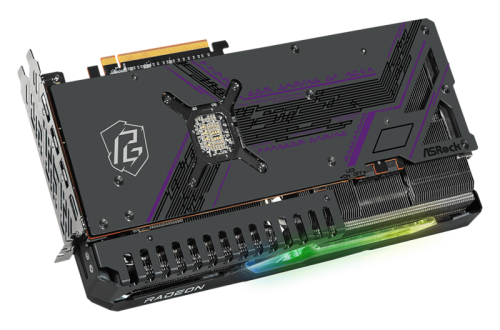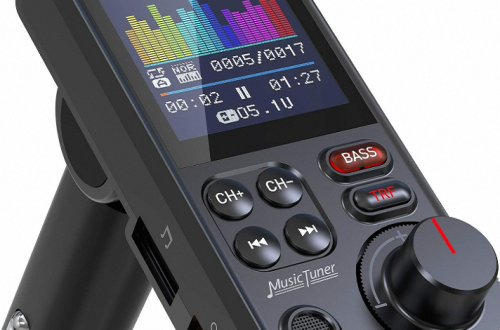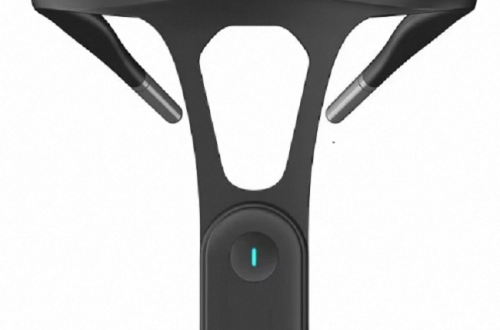Part 1: Introduction to Wearable Technology
Wearable technology has evolved significantly in recent years, transforming the way we interact with devices and the world around us. This innovative tech has integrated itself seamlessly into our lives, offering a wide array of functionalities that have the potential to redefine our daily routines and enhance our overall well-being. From smartwatches to fitness trackers, wearable technology is revolutionizing the way we manage our health, stay connected, and engage in various activities.
1. Convenience and Accessibility:
Wearable technology offers unmatched convenience by incorporating information and services directly into the user’s attire. Smartwatches and smart glasses, for instance, grant access to notifications, reminders, and critical data without the need to continuously retrieve handheld devices. This seamless access to information significantly streamlines communication, facilitates easier access to data, and simplifies task management, ultimately enhancing efficiency in managing day-to-day responsibilities. With wearable devices, users can effortlessly keep track of their schedules, respond to messages, and stay informed without being tethered to their phones. This hands-free approach to managing information not only boosts productivity but also allows for greater flexibility and adaptability in various scenarios, contributing to a more streamlined and convenient daily experience.
2. Integration with Daily Activities:
Wearable devices seamlessly integrate into the user’s daily activities, offering features that cater to specific needs. For instance, fitness trackers monitor physical activity, sleep patterns, and heart rate, providing real-time feedback on health and fitness goals. Similarly, smart clothing and accessories equipped with biometric sensors can track vital signs and offer insights into the wearer’s well-being. This integration fosters a proactive approach to managing health and allows users to make informed decisions about their lifestyles.

Part 2: Augmented Reality and Virtual Reality Wearables
Wearable technology goes beyond simple tracking and communication devices, venturing into the realm of augmented reality (AR) and virtual reality (VR). AR and VR wearables are shaping the future of entertainment, education, and various industries, immersing users in interactive and simulated environments that were once confined to science fiction.
1. Augmented Reality:
AR wearables, such as smart glasses and heads-up displays (HUDs), overlay digital information onto the user’s physical surroundings. This technology is revolutionizing fields like manufacturing, logistics, and healthcare by providing workers with real-time data, instructions, and visual aids for performing complex tasks. In addition, AR wearables are transforming the way consumers experience retail, providing interactive product demonstrations and virtual try-on experiences.
2. Virtual Reality:
VR wearables transport users to entirely virtual environments, offering immersive experiences for gaming, simulation, and training. Devices such as VR headsets and gloves create a sense of presence and interaction, allowing users to explore 3D environments and interact with digital objects. Beyond entertainment, VR wearables are being leveraged for therapeutic purposes, offering immersive experiences for mental health treatments, trauma therapy, and rehabilitation.
Part 3: Enhanced Connectivity and Communication
The evolution of wearable technology has significantly accelerated connectivity and communication, offering features that extend beyond traditional smartphone capabilities.
1. Seamless Connectivity:
Wearable devices serve as a conduit for seamless connectivity. They provide users with continuous access to their digital ecosystem without the necessity for repeated phone interaction. Smartwatches empower individuals to reply to messages, initiate calls, and access applications directly from their wrists. This eliminates the need to frequently reach for their smartphones.
The streamlined connectivity not only enhances convenience but also reduces distractions. This allows users to stay engaged in their activities without being constantly tethered to their phones. By integrating essential communication and productivity features into a wearable format, these devices foster a more efficient and uninterrupted flow of daily tasks. Furthermore, this hands-free and immediate access to digital services promotes a more fluid and flexible approach to managing communication and information. It enables users to remain connected and informed while maintaining a greater level of freedom and mobility.

2. Personalized Communication:
Wearable technology introduces personalized communication experiences. With the integration of voice recognition and artificial intelligence, smart assistants on wearables can provide tailored responses and proactive suggestions based on the user’s preferences and context. This personalized communication fosters a more intuitive and hands-free interaction, enabling users to remain engaged without disrupting their activities.
Part 4: Ethical and Privacy Considerations
As wearable technology continues to advance, ethical and privacy concerns have emerged, prompting discussions about data security, consent, and the long-term implications of ubiquitous personal data collection.
1. Data Security and Privacy:
The collection of sensitive biometric and health data through wearable devices has sparked legitimate concerns regarding data security and privacy. With the potential for highly personal information to be captured and transmitted, it is essential to ensure that robust encryption, secure storage, and stringent access controls are in place to safeguard users’ personal information from unauthorized access and misuse.
Implementing encryption protocols and secure storage methods can mitigate the risk of data breaches and unauthorized access, providing a layer of protection for individuals entrusting their sensitive information to wearable technology. Additionally, stringent access controls, such as multi-factor authentication and user-specific permissions, can help to further secure the data. This ensures that only authorized individuals can access and manage the collected information. Emphasizing these security measures is crucial to instill trust and confidence among users, assuring them that their privacy and sensitive data are effectively safeguarded.
2. Informed Consent and Transparency:
Wearable technology companies must prioritize informed consent and transparency when collecting and processing user data. Providing clear and comprehensive information about data collection practices, as well as giving users control over their data, is essential for building trust and upholding ethical standards in the development and use of wearable devices.
Part 5: Advancements in Health and Wellness Applications
One of the most impactful aspects of wearable technology lies in its ability to monitor and improve personal health and wellness. Wearable devices have empowered individuals to take proactive steps towards maintaining a healthy lifestyle and managing chronic conditions.
1. Health Monitoring:
Wearable devices equipped with biometric sensors enable continuous monitoring of vital signs, fitness metrics, and sleep patterns. This real-time data allows users to track their overall health and receive insights into their physical well-being, empowering them to make informed decisions about their lifestyle and habits.

2. Health Intervention and Treatment Support:
Wearable technology is expanding its role in health intervention and treatment support. From smart insulin pumps for diabetes management to wearable ECG monitors for cardiac patients, these devices offer continuous support and feedback, improving the quality of care and enabling remote patient monitoring.
Part 6: The Future of Wearable Technology
The future of wearable technology is poised to be transformative, with ongoing technological advancements and evolving user needs driving innovation in the industry. As wearables become more sophisticated and integrated into various aspects of life, the possibilities for their impact will continue to expand.
1. Integration with Internet of Things (IoT):
Wearable technology is expected to play a pivotal role in the broader ecosystem of the Internet of Things (IoT). As wearables become more interconnected with smart homes, connected cars, and automated devices, they will serve as essential hubs for managing and interacting with IoT systems.
2. Advanced Biometric Sensing:
The next phase of wearable technology will see the integration of advanced biometric sensing capabilities. This will allow for more precise and comprehensive health monitoring. This includes the development of non-invasive sensors that can provide detailed insights into blood glucose levels, micro-level body functions, and early indicators of health conditions.
In conclusion, wearable technology represents the forefront of technological innovation. It offers a myriad of transformative benefits across health, communication, entertainment, and beyond. As these devices continue to evolve and expand, they are poised to reshape the way we live, work, and interact with the world around us. With ongoing advancements and ethical considerations, wearable technology will continue to push the boundaries of what is possible. This sets the stage for a future that is more connected, informed, and seamlessly integrated with technology.





